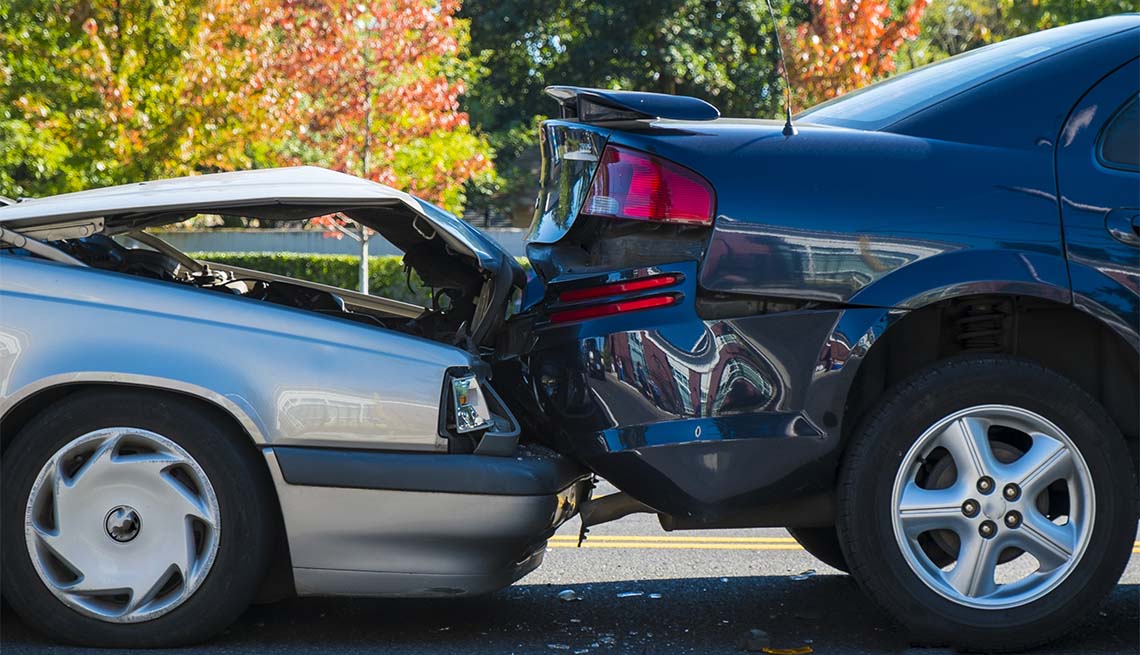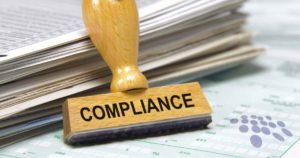Imagine driving to work in a bit of a rush because you are running late. As you turn a corner, you see another car approaching you. With no time to react, you embrace in anticipation of impact. Crash! So much for trying to make it to work on time. At this point, you are even more stressed and may feel unsure of what to do.
Knowing what to do after a car accident is essential. Even if you are in a rush and need to be somewhere, there are steps that need to be taken. If you rush, you may make a costly mistake if you don’t know what to do.
This article will tell you how to deal with a car accident effectively and responsibly.
Step 1: Stay Calm and Safe
It’s natural to feel a rush of emotions following a car accident. Take a second to let yourself catch your breath and assess the situation. Check that you and anyone involved are safely out of harm’s way. If your car is drivable, move it to the side of the road to prevent further accidents. Turn on your hazard lights to alert other drivers of the situation.
Step 2: Call 911
Even if the accident seems minor, it’s crucial to call 911. The police can create an accident report, which may be necessary for insurance claims. Additionally, if there are any injuries, calling 911 ensures that medical help is coming.
Again, sometimes, following an accident, your adrenaline may run so high you may not feel injuries. Provide the operator with all the essential information about the accident, location, and any injuries you or others have sustained.
Step 3: Check for Injuries
After ensuring everyone’s safety, check for injuries. Be cautious about moving anyone who might be injured, as it might worsen their condition. Never force anyone to move unless it’s absolutely necessary. If someone is seriously injured, waiting for medical professionals to arrive is best. In less severe cases, take care of minor first aid or wait for the paramedics to arrive.
Step 4: Exchange Information
Exchange information with the other driver involved in the accident. If you are stressed, or the other driver seems irritated, wait until the police arrive. In high-stress situations, tensions often rise, which can lead to other issues you don’t want to find yourself in.
When exchanging information, include names, contact information, insurance details, and license plate numbers. It’s essential to remain polite and calm during this process. Avoid admitting fault or assigning blame, as the authorities and insurance companies will determine this.
Step 5: Gather Evidence
If it’s safe to do so, gather evidence about the accident. Take pictures of the vehicles, their positions, and any visible damage. Note road conditions, weather, and traffic signs. This evidence can be valuable when filing an insurance claim.
Aside from this, taking pictures of your vehicle as it is now may be a good idea as evidence of how everything looked before the accident.
Step 6: Notify Your Insurance Company
As soon as possible, contact your insurance company to report the accident. They will walk you through the process and let you know the required information and documentation.
Be sure to provide accurate details about the accident and follow their instructions.
Step 7: Cooperate with Law Enforcement
When the police arrive at the scene, provide them with your side of the story and any information they request. Be honest and truthful, as giving false information can have legal consequences. The police will create an accident report essential for insurance claims.
Step 8: Seek Medical Attention
Even if you don’t feel injured immediately after the accident, seeking medical attention is wise. Some injuries, such as whiplash, may not immediately show symptoms but can be severe. A medical evaluation will ensure you receive proper care and document any injuries for your insurance claim.
Step 9: Document the Aftermath
Following the accident, keep a detailed record of all the interactions, conversations, and expenses related to the accident. This may include medical bills, vehicle repairs, and conversations with the insurance agency. Having this documentation can be crucial in resolving insurance claims and legal matters.
Step 10: Hire an Attorney
If you believe you are not at fault, and there are disputes or complications in the claims process, consult an attorney specializing in personal injury or car accident cases. They can provide legal guidance and help you navigate the situation’s complexities.
Step 11: Repair Your Vehicle
Once you’ve reported the accident to your insurance company and received guidance on the next steps, you can have your vehicle repaired. Your insurance company will work with you to coordinate repairs or provide a settlement for the damages.
Conclusion
Car accidents are stressful and can be life-altering events. Knowing what to do in the immediate aftermath is vital for your safety and the well-being of others involved.
Remember that your safety and well-being should always come first; following these steps will help you handle the situation responsibly.





Be First to Comment